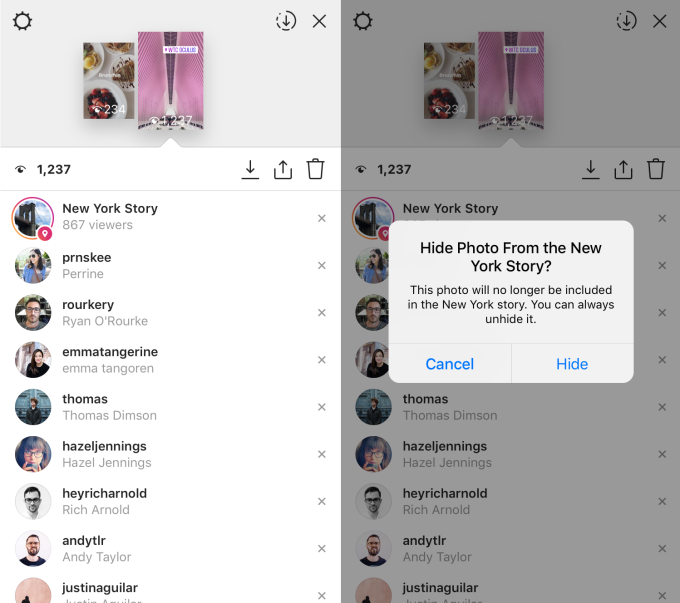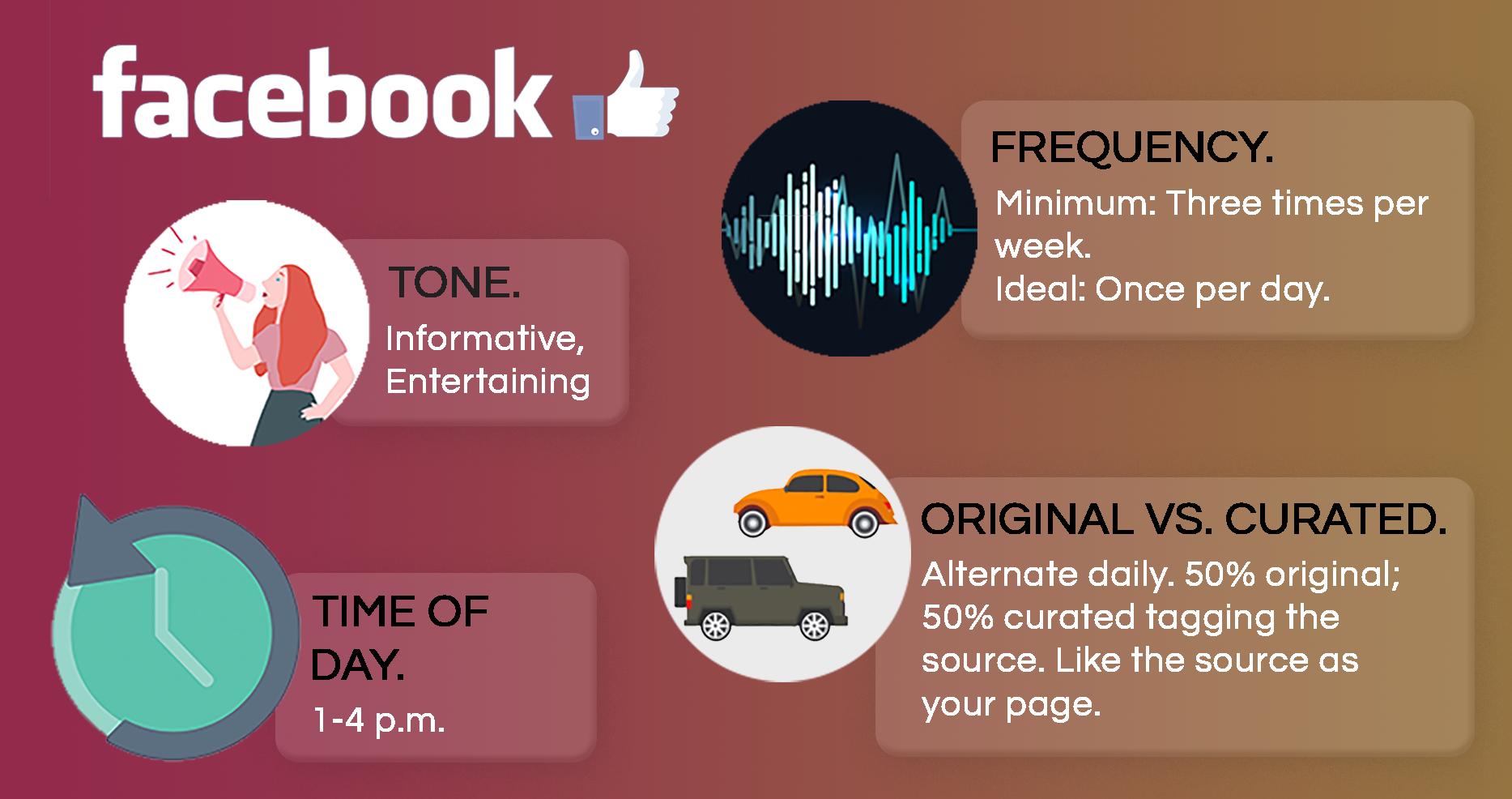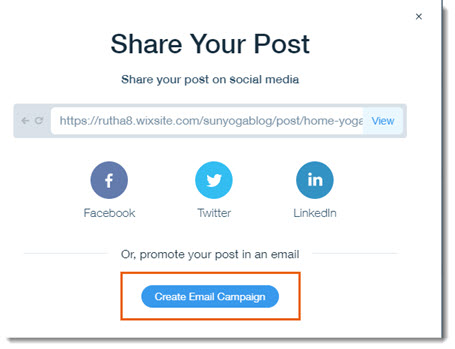
The 3000 BC mark marks the beginning of the first advertisement. It was an advertisement in William Caxton's book, published in England in 1472. It was only a matter time before the ad appeared on paper. Along with early examples printed advertisements, there are many other early advertisements via television and the Internet. The first television commercial aired on July 1, 1941. China's first television commercial was broadcast in 1941, just a few years prior. The advert was a mere 90 seconds long and confused most of the population. The ruins of Thebes contain the oldest written advertisements. These were written by a slaveholder in his desire to sell the product.
An ancient Egyptian papyrus from Thebes that dates back to 3000 B.C. is the first advertisement known. This advertisement was written to help a slave owner find a suitable slave. Its purpose was to promote the business, and increase its revenue. The newspaper's first advertisement was published on 1712. The ad advertised a product or a company and was placed on two pillars at the newspaper's exterior.

Although advertising is not new, it has a long and rich history. It was first seen in the middle of the 13th century. It was a large, framed poster that was placed on the wall of St Paul's Cathedral, London. Roger, a bookseller selling other items in his store, put the small ad. Advertising spending increased dramatically after the Second World War. In the period 1948-1959, an average increase in advertising budgets of 6% was recorded.
Digital advertising is becoming more accessible today and has experienced unprecedented success. A commercial for the Bulova watch was the first television commercial in America. The commercial ran on Hotwired for three month and cost thirty thousand dollars. It was also one of the earliest advertisements in television history. Volney B. Palmer founded the first American advertising agency in 1841. There were at least 20 agencies advertising in New York by 1861.
Written in 16th century Egypt, the first advertising in history was published. The world's earliest written advertisement was found in Thebes, an ancient Egyptian city, by archaeologists. It was an ad in papyrus and was the first printed ad. The same applies to pop-up ads, which were created by Google in 1994.

In the twentieth century, advertising took off, as the first photo advertisement was published in an American magazine in 1839. This was also the first commercial advertisement that appeared on the internet. Since then, many more advertisements have appeared in other media. And the first television commercial appeared in 1941, with a Bulova watch being advertised on a map of America. Although this was not the first form of advertising, it was one of the most popular.
FAQ
How can I determine success with content marketing
There are many ways that you can measure your content marketing effectiveness. You can track how many people visit your site, or see how many leads you generate.
How do I calculate my return on investment from a Content Marketing Strategy
Businesses that use a Content Marketing Strategy have an average ROI of between 5x-10x higher than those that don't.
A Content Marketing Strategy is designed for sales and leads generation.
It's also designed to provide valuable insights into your business. These insights can help you make better business decisions like identifying new opportunities or improving customer service.
So, if content marketing strategy is something you're interested in, here are some numbers:
Your overall revenue can easily be doubled
What is content marketing's main goal?
Content marketing is all about providing customers with valuable and relevant information. This can happen through different channels, including email campaigns, blog articles, whitepapers, and others. Delivering value is key.
Statistics
- Measure your goals with a progress indicator of 0-100%. Make your goals collaborative and transparent (semrush.com)
- Forty-seven percent of buyers view 3 to 5 pieces of content before engaging with a sales representative. (mailchimp.com)
- We found that 40% of businesses don't have a documented strategy yet. (semrush.com)
- Companies that use content marketing see approximately 30% higher growth rates than businesses not using it. (mailchimp.com)
- According to research compiled by Coschedule: Companies that publish 16+ blog posts a month get as much as 3.5x as much traffic as those that publish 0-4 posts a month. (criteo.com)
- Content marketing produces 3X more leads per dollar spent. Content marketing costs 62% less than traditional marketing. (criteo.com)
- An example of an overarching goal could be: "In 2022, we want to achieve a 20% increase in revenue created by organic content and generate 15,000 MQLs with a budget of $30,000." (semrush.com)
- According to our research, 65% of companies with very successful content marketing in 2021 ran content audits at least twice a year. (semrush.com)
External Links
How To
How can you make videos more exciting?
Video Marketing is one the most powerful tools in Content Marketing. This allows you to get in touch with your audience, build trust and engage them emotionally. But how can we transform boring into something amazing? Let's take a look at some easy tips!
-
Tell a good story. Every communication piece that is successful relies on storytelling. Video marketing doesn't work without storytelling. Telling stories is only possible if you are open to telling them. Is it educational? Educational? Inspiring? Social media is full of people telling their stories through photos and videos. Be inspired by these stories and use them as inspiration for yours.
-
Use images. Images can convey emotions more quickly than words. They enable us to communicate with others and feel empathy. Images are essential for a video. You can add pictures to your slideshows or embed them directly in your blog posts.
-
Make it easy to share. You want viewers to spread the word. Make it easy. Add sharing buttons to your videos. Your slideshows should include social icons. Add "Share" buttons to your videos, especially if you have a YouTube Channel.
-
Don't overdo it. Too many graphics and too many details can cause viewers to lose interest. Keep it simple. You only need a few images to draw attention and keep it.
-
Keep it short. People love watching short videos. A 5-minute video can help you create buzz about your brand.
-
Get feedback. Listen to your audience. Ask them what works and what doesn't. To improve your content, use their answers.
-
You should create a plan. When you have completed your first video, start thinking about how you can make more. Can you create a series? Maybe you can create a playlist with the most watched videos?
-
Test, test, test. The last thing you want is to release a video and then realize that nobody watches it. Be sure to test your video on your audience before you publish it. Find out what reactions you get. Next, make adjustments based on the results.
-
Repeat. Repeat steps 1-8 until you find the perfect formula. Once you understand what works, you will be able to make great videos over and over again.
-
Measure the results. It is important that you measure the success of your videos. What did they do? Is there a certain type of audience that likes watching particular types of videos? These questions will help you fine-tune your strategy.
-
Adjust as needed. Do not stop learning even after your video campaign launches. Learn from your mistakes, and make adjustments as needed. The best marketers never stop learning.
-
Enjoy it. It's not difficult to do video marketing, but it requires patience. You will learn new strategies, techniques and ideas as you gain experience to help you grow your company.